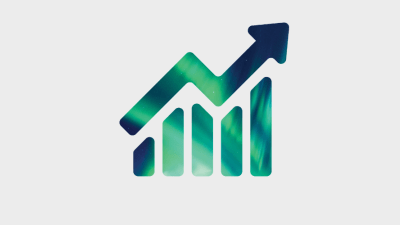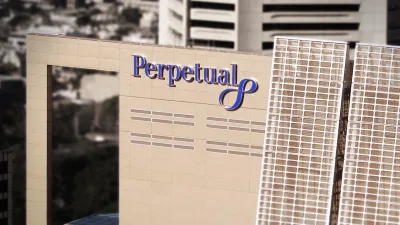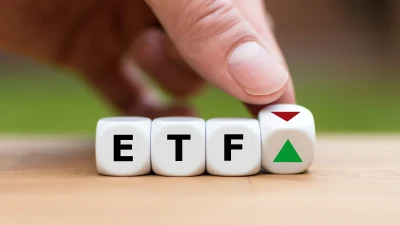Aussie ETF industry hits $200b



The Australian exchange traded funds (ETF) industry has grown to $200 billion, with millennials representing the largest demographic, and ahead of those aged over-60, according to VanEck’s survey.
Self-directed or retail investors started to use ETFs to get access to a plethora of investment opportunities on the Australian Securities Exchange (ASX), Arian Neiron, chief executive and managing director, VanEck Asia Pacific, said.
The survey found that 96% of respondents now used ETFs in their portfolios, while 67% of respondents said they planned to increase their investment in ETFs over the next six months.
At the same time, another 31% said they would maintain their current investment in ETFs while less than 1% said they would reduce their investment - highlighting the entrenched appeal of ETFs versus unlisted managed funds.
“Self-directed Australian investors see ETFs as a portfolio construction tool for a range of wealth management outcomes. And as their understanding of ETFs deepens, including their understanding of investment strategy types such as smart beta, net flows into the industry are increasing quickly,” Neiron said.
The expected increase in usage was expected to drive further growth of the ETF market in Australia as it headed towards a market capitalisation of $140 billion by end of 2021 and $200 billion in the next two years.
“As knowledge of ETFs grows, and their benefits, flows into the sector are expected to maintain their momentum. With this growth, we have seen the range of ETFs develop from simple market capitalisation index-tracking ETFs to smart beta ETFs to active ETFs. Popular investment themes such as ESG, clean energy and video gaming are drawing in the younger demographic and those investors who want to align their values with their portfolio,” he said.
According to the survey, around two-thirds of the respondents were investing directly, with around one in three having a self-managed superannuation fund (SMSF). Most of the respondents or 71% did not use a financial adviser with the principal reason being they did not see any value in it (43%), and cost (21%), highlighting the trend towards self-directed investment.
The survey attracted 3,047 responses and was conducted from March to July 2021.
Recommended for you
Despite ASIC concerns about private credit funds being accessed via the advised channel, there are questions regarding how high its usage actually is among financial advisers.
Challenger has looked to the superannuation industry for its appointment of a group chief investment officer, a newly-created role.
Perpetual has confirmed it has entered into an exclusivity agreement with a US private equity firm to progress discussions regarding the sale of its wealth management division.
Paradice Investment Management has become the latest fund manager to launch an active ETF version of its managed fund, placing greater emphasis on retail distribution.











